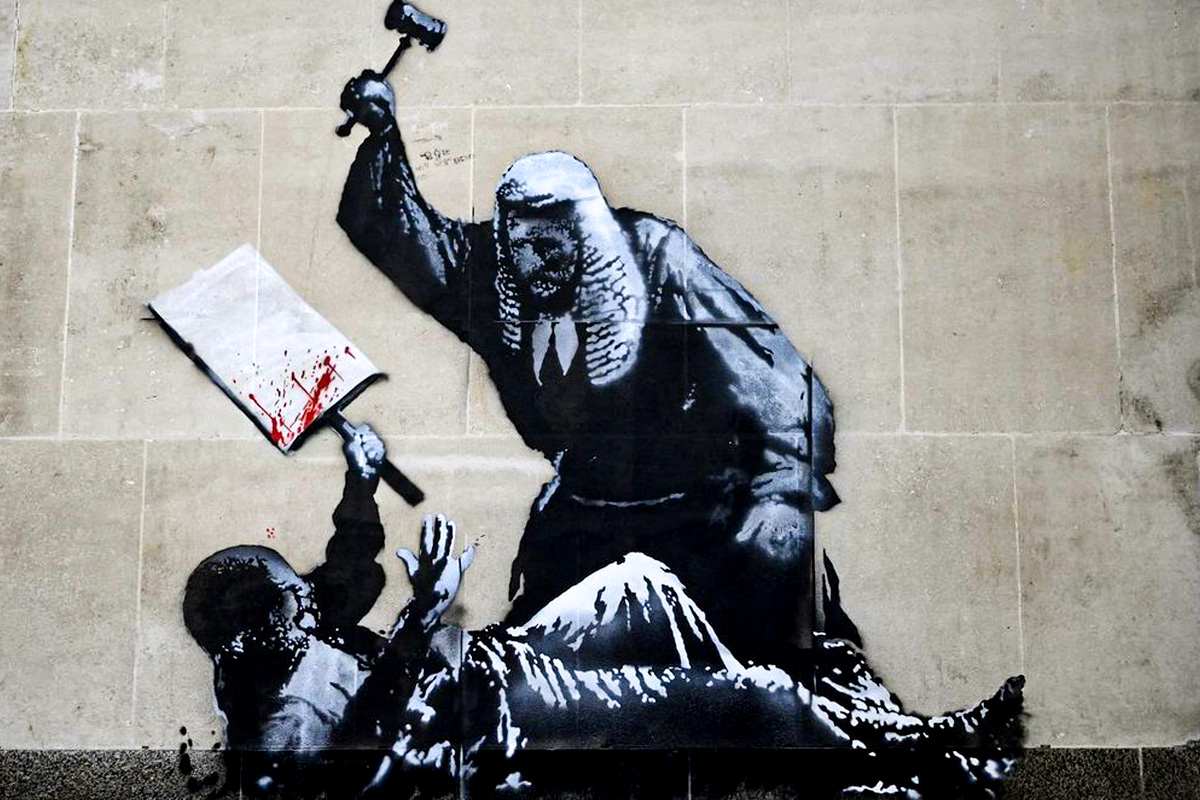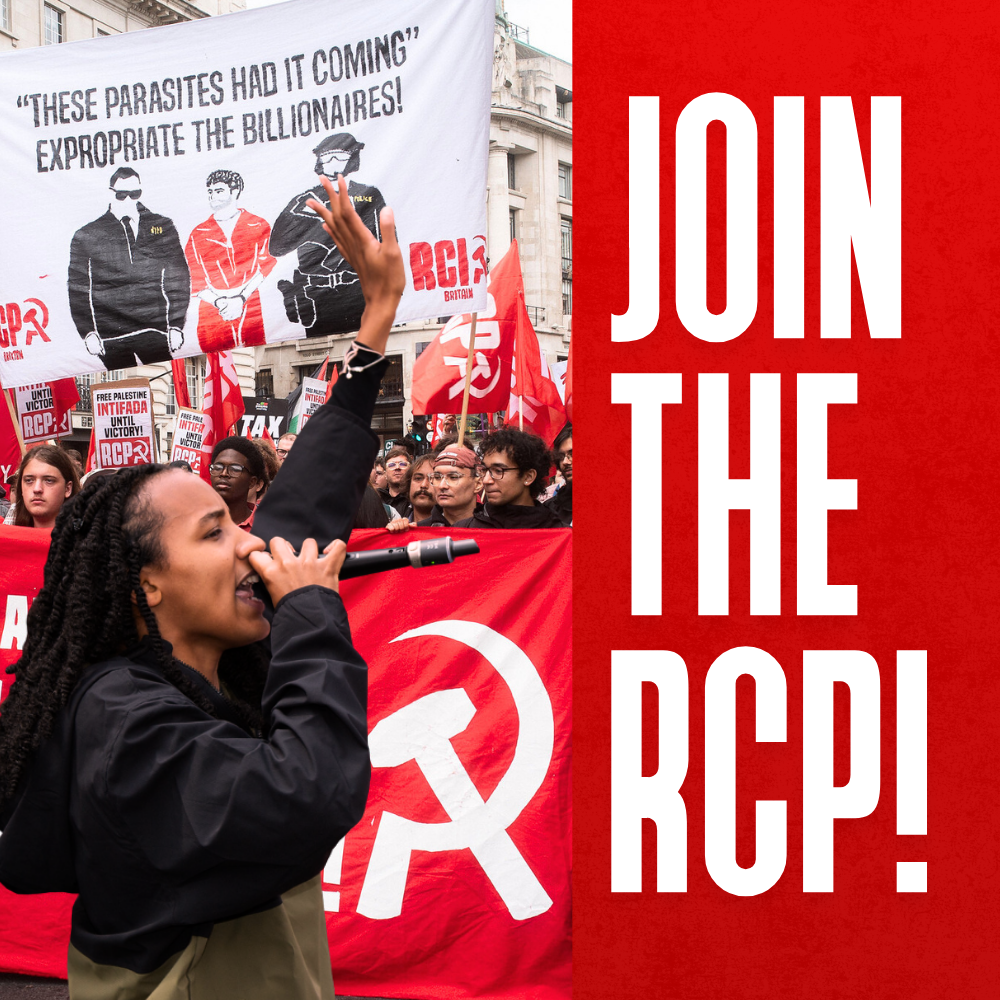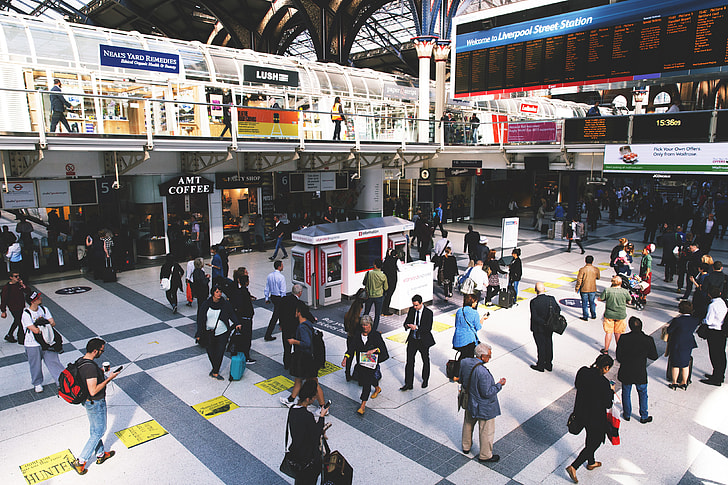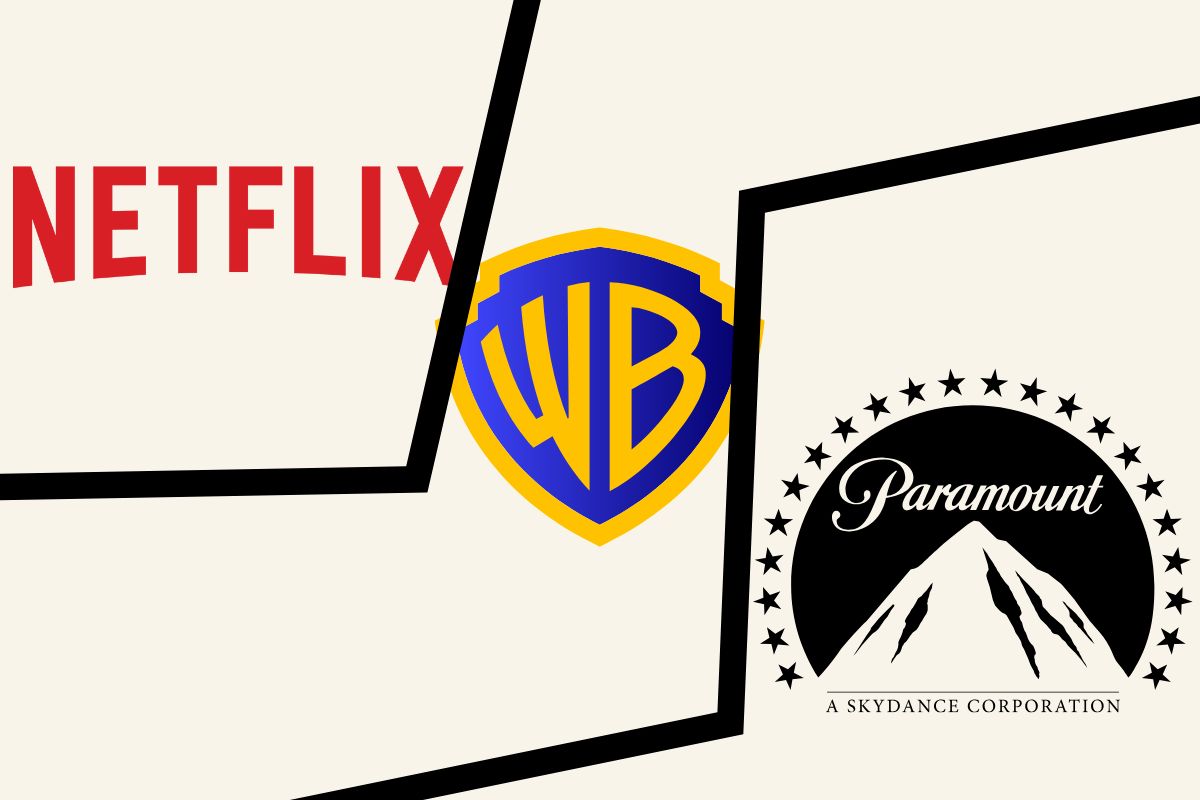Two days after the brutal and farcical arrest of 900 protesters on trumped-up charges of ‘supporting terrorism’ for opposing the proscription of the group Palestine Action, a mural painted by renowned street artist Banksy appeared on the walls of the Royal Courts of Justice in London.
The image almost needs no explanation. It is often said that “a picture is worth a thousand words”.
Brilliant new #Bansky mural up in London for just a few hours…Royal Courts of Justice not amused and orders it covered. Beware of judges who feel immune to criticism… pic.twitter.com/Ick36lIm3B
— Mark Tluszcz (@marktluszcz) September 9, 2025
When you look at the image of a judge wielding his gavel, as he mercilessly beats a defenceless, bloodied protester, you cannot help but feel that this one simple yet powerful image perfectly generalises the experience and sentiment of millions of people across the world.
Day after day, we’ve had countless images of decapitated children, toddlers burning alive, and mothers weeping over their dead families branded into their consciousness. While ‘our’ governments provide military, political and diplomatic cover for Israel’s campaign of slaughter.
Everyone finds this disgusting, and we’ve exercised our lawful and democratic right to protest it in our millions. Yet, in defiance of the elementary principles of democracy, the British government wields the full force of the police and judiciary in an attempt to silence dissenters.
Banksy’s mural captures the essence of the state under capitalism: a violent tool in the hands of the ruling class in defence of their narrow interests.
But the mural’s significance goes much deeper than this. It speaks on an emotional level to millions of people. It encapsulates the burning feeling of moral indignation that a grave injustice is being done.
Anti-establishment art
Banksy is no stranger to politically charged artwork. In the build-up to the 2012 London Olympics, he produced several murals in protest.
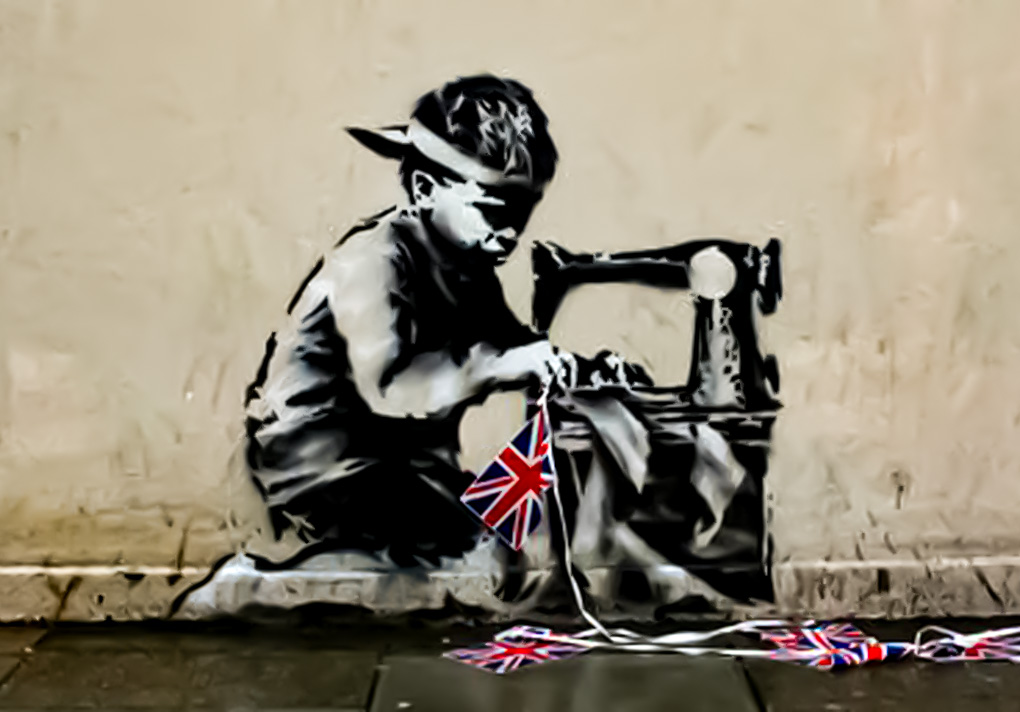
One, for example called Slave Labour, painted on the side of a Poundland shop, depicts a child sewing together Union Jack bunting, clearly juxtaposing the artificial carnival of national pride and Britain’s not-so-proud colonial legacy and modern use of sweatshops that were used to manufacture merchandise for the Diamond Jubilee and the London Olympics.
He has also produced many anti-war pieces that have run like a thread through many of his works. In 2004, directly after the criminal invasion of Iraq by the USA and Britain, he produced a work entitled Napalm.
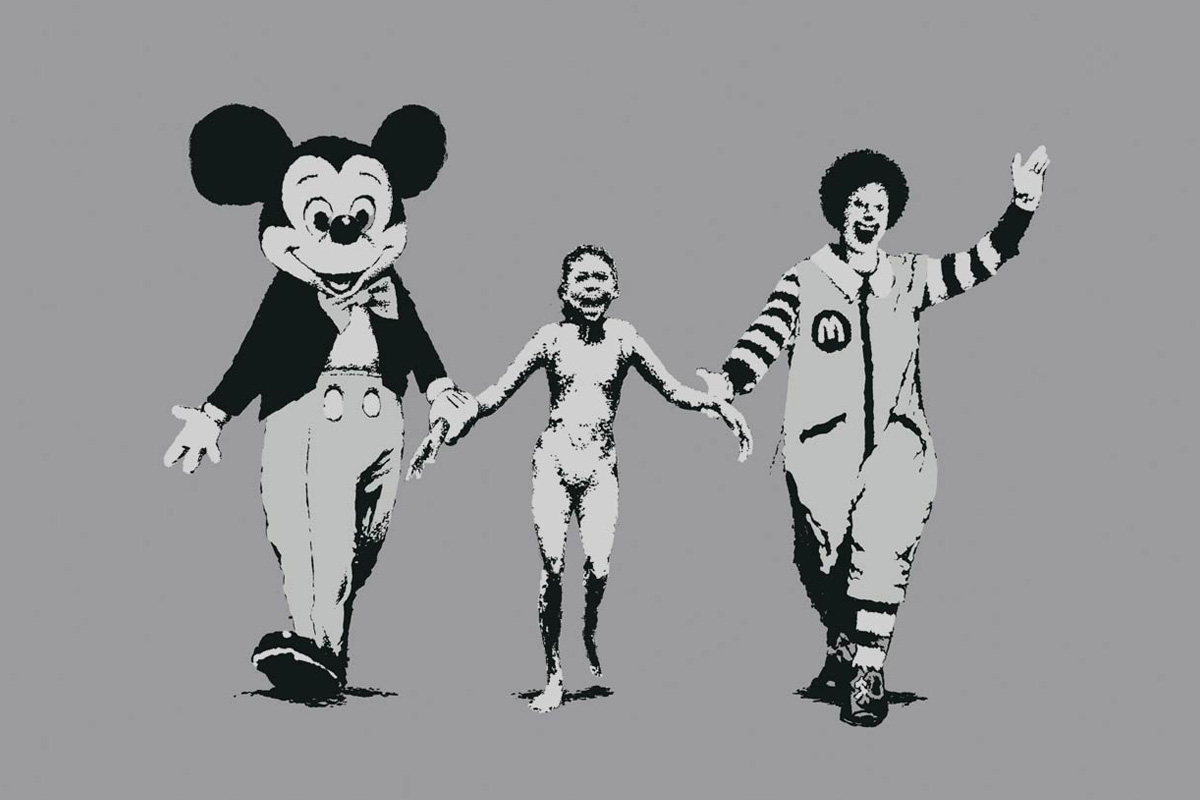
One of the most infamous anti-war photographs – a Vietnamese child screaming in pain from napalm burns – is combined with the most iconic symbol of American consumerism, as she holds hands with Mickey Mouse and Ronald McDonald.
Then, in August 2005, Banksy travelled to the occupied territories of the Palestinian West Bank, where he produced seven murals which explore the themes of childhood innocence and freedom.
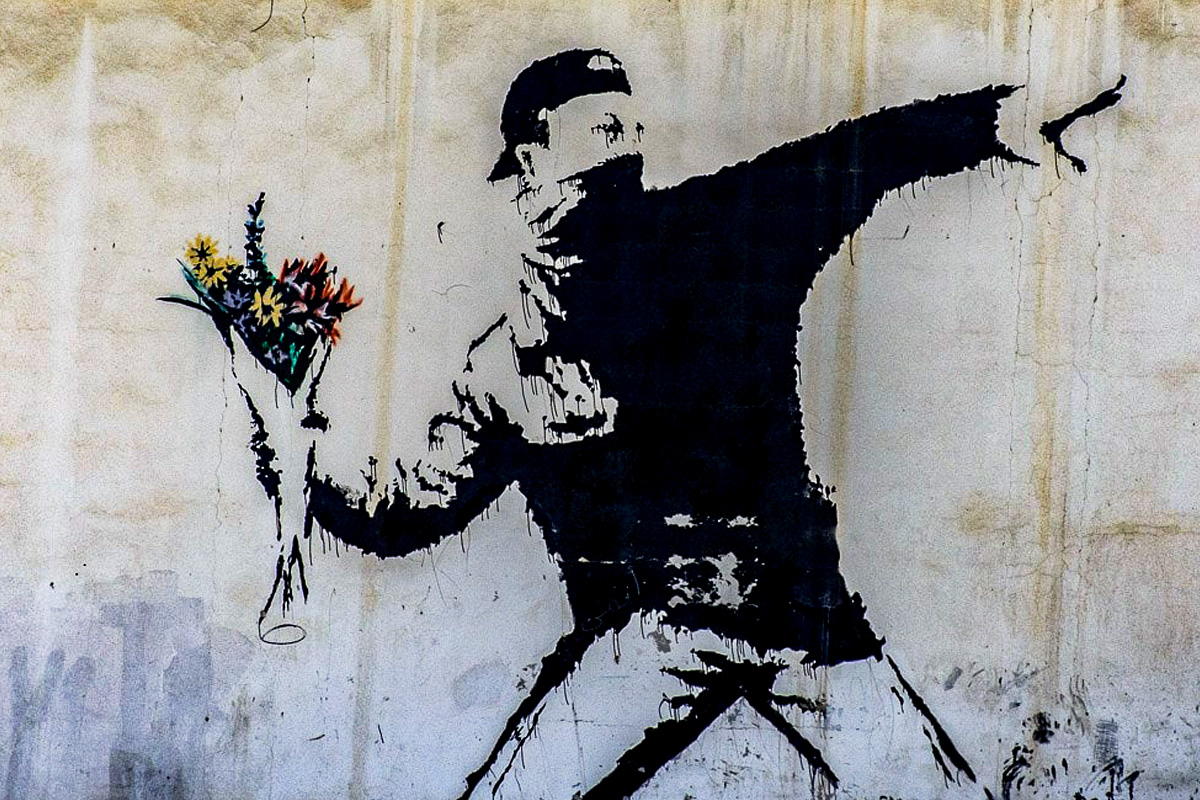
These images collide against a quite literal brick wall – colloquially named the ‘segregation wall’ – dividing the occupied West Bank with Israel. In the words of Banksy, this “essentially turns Palestine into the world’s largest open prison.”
While painting the murals, IDF soldiers fired warning shots in the air threatening him to stop. He is reported to have retorted: “How illegal is it to vandalise a wall if the wall itself has been deemed unlawful by the International Court of Justice?”
The latest mural by Banksy then is in complete keeping with the anti-war, anti-establishment and pro-Palestine themes of his previous work.
British state embarrassment
Despite this fact, the British establishment have over the years tried to ‘claim’ him as one of their own.
As he’s become world famous, his paintings have been sold for millions to wealthy dealers. In the press, he gets painted as some kind of mysterious and lovable rogue who produces quirky ‘street-art’ adding to Britain’s cultural capital and nostalgic ‘Cool Britainnia’ image.
However, it appears he has gone too far this time. Almost immediately, his latest mural was reported to the Met Police as ‘criminal damage’. Banksy has also been threatened with Court hearings which would mean revealing his identity which has been kept secret for nearly three decades.
The courts’ security too have been quick to cover up the image with a large screen, as not to expose the public to the faculty of independent reasoning. However, social media videos have surfaced showing members of the public pulling back the screen to view the mural!
Voir cette publication sur Instagram
A spokesperson for HM Courts and Tribunals Service has announced that it will be removed from the building due to the fact that “The Royal Courts of Justice is a listed building’.
Of course this has nothing to do with the fact that one of the countries’ most famous artists has exposed to the world the moral bankruptcy of one of Britain’s most prestigious institutions.
Not to mention that this couldn’t have come at a worse time for the government, whose repression of the Palestine movement is seriously undermining their legitimacy.
Unfortunately for them, however they deal with this ‘street art’ turned ‘criminal damage’, they will only further expose their own bankruptcy. Clearly, it is far too embarrassing to be left untouched. But through censoring it, they only enhance Banksy’s message and prove his point.
They can censor revolutionary art, but they cannot repress the sentiments, feelings, and desires that art reflects and amplifies.
Freedom of repression
Jo Bunkle
Police have already began erasing Banksy’s latest mural, depicting a judge beating a protestor to death with a bloody gavel. The meaning of this piece speaks for itself
Videos are circulating showing a man, dressed from head to toe in black, complete with mask and helmet, scrubbing away the art. I suppose it’s okay to hide your identity when you’re attacking freedom of expression. But for producing this art Banksy could face having his real name revealed for supposed “criminal damage.”
BREAKING: They’re scrubbing @banksy
The court is erasing Banksy’s mural just like it’s erasing our right to protest. pic.twitter.com/9PSKYcI2Dy
— Good Law Project (@GoodLawProject) September 10, 2025
I must admit I was perplexed though. The video showing the art removal also showed two police officers flanking the cleaner, but there wasn’t a single pensioner in sight! Don’t these officers know there are dangerous oldies on the streets, holding signs with words on them?!

